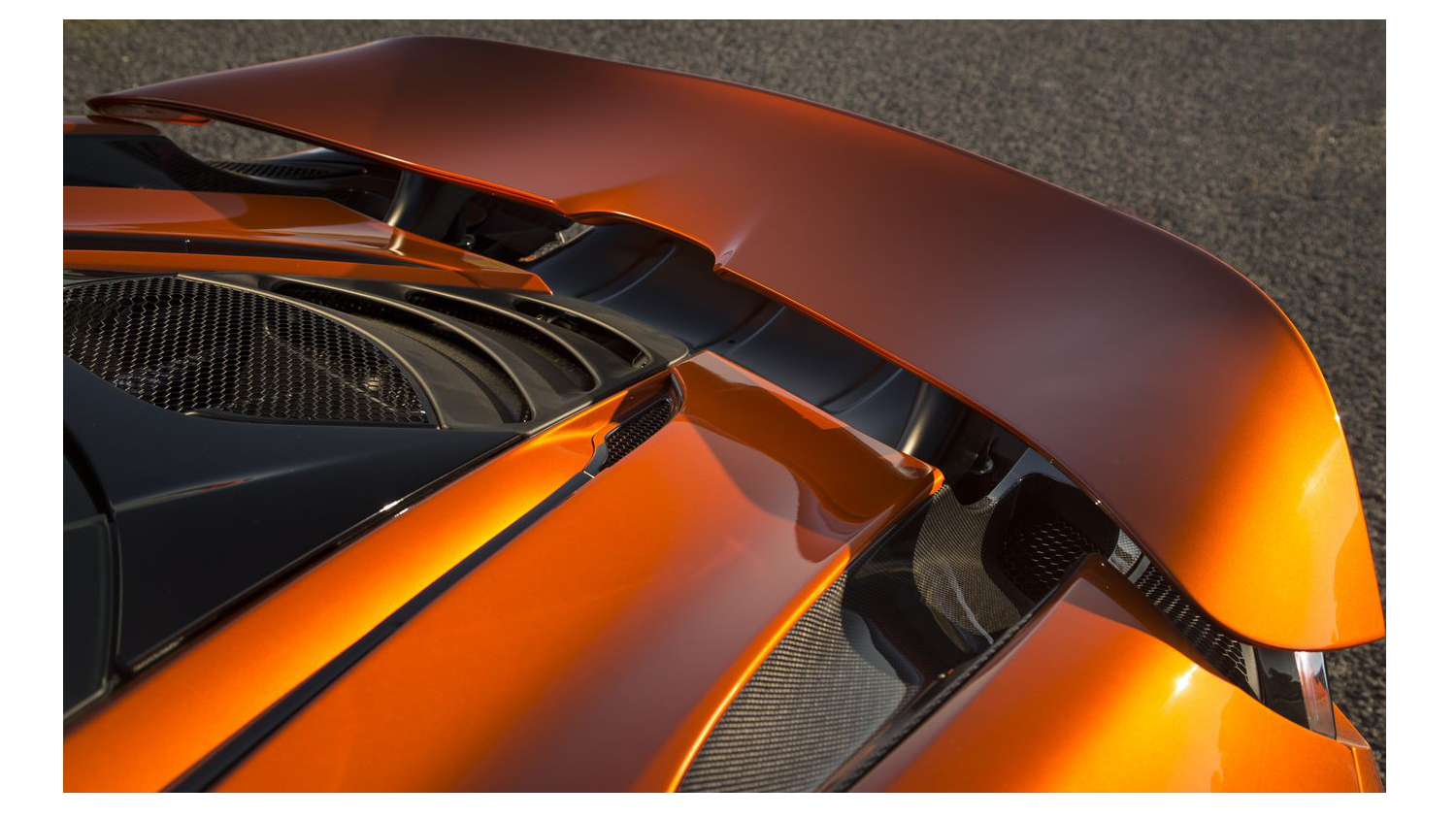GKN Aerospace, McLaren Automotive, and other of our UK-based partners share common goals and progress towards high-quality, sustainable materials, and processes that will be Industry 4.0 ready.
The aerospace industry is continuously looking for innovative ways to increase efficiency and reduce costs. As aircraft OEMs strive to produce more composites-intensive components, there has been a growing demand for new composite materials and advanced process technologies. The aerospace composites supply chain is working hard to meet this demand and provide potential solutions, not only in the UK but globally. Hive Composites is one of the industry leaders in developing new materials and process technologies, as well as exploring novel joining techniques. We are exploring the latest trends and innovations in the aerospace composites supply chain, and how they are helping aircraft OEMs to produce higher-rate, more composites-intensive aircraft components.
Hannah Mason, Technical Editor at Composites World writes ‘Craig Carr, technology director for integrated composite structures at GKN Aerospace and chair of U.K. industry board the Composites Leadership Forum (CLF), became aware of the highly automated technology that fellow CLF partner McLaren Automotive was developing to produce high-quality, composite automotive components at its Sheffield-based McLaren Composites Technology Centre (MCTC). The two companies quickly recognized that much could be gained from cross-sector collaboration.
Joseph Elford, head of engineering at the MCTC, explains that McLaren opened the MCTC in 2018 to develop higher rate composites technologies for the company’s luxury vehicles — “high-rate” in this case meaning a few thousand parts per year. “[This] isn’t strictly high-rate in the automotive world, but is high-rate in the composites world, and we’ve always said that we’re probably closer to the aerospace industry than we are to mainstream automotive, in terms of rate and the way we use composites to build complex, integrated parts,” Elford notes.’
In early 2021 the ASCEND (Aerospace and Automotive Supply Chain Enabled Development) consortium was launched, a £40 million, four-year program led by GKN Aerospace’s Bristol, U.K.-based Global Technology Centre (GTC), and organised and managed by Axillium Research (Daventry, U.K.).
Hive Composites’ involvement in this multi-layered project is:
• Novel and optimised tooling systems – a novel self-heated tooling technology that offers significant energy savings over traditional curing methods for thermosets.
• Electrification and multifunctional – integrated electrical wiring in composite panels and material concepts for a Type V cryogenic hydrogen tank for use on future zero-emissions, net-zero aircraft.
• Integrated hybrid structures – The focus is on eliminating fasteners through bonding and other joining methods. Current goals are to automate the bonding process with robotic adhesive application, improve the secondary bonding process with built-in heating, and evaluate surface treatment methods. Additionally, techniques have been developed for nano-based conductive adhesives and joint testing, including sensors that can be used to monitor the structural integrity of adhesive joints.
The project results? High TRL demonstrator parts, as well as materials and process know-how that can be transferred to other next-generation aerospace and automotive parts. Central to ASCEND’s success is that it doesn’t just focus on making parts in the factory but is also building capacity to run factories at speed with the best materials and a highly skilled workforce to move the UK composites community forward.
Read the original piece in Composites World
